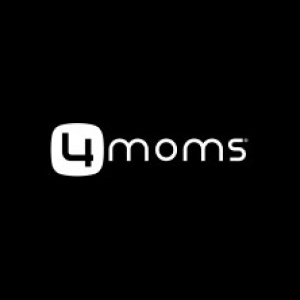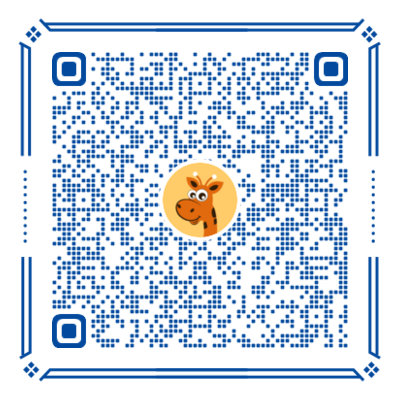Chances are, since you’ve become a parent you’ve started seeing danger lurking around every corner—especially once your baby is mobile. As your little one starts to move around (usually somewhere between 6 and 10 months) it’s time to babyproof your home to keep your curious baby safe while they explore every room.
While babyproofing your entire house might seem overwhelming, don’t panic! There are many simple things you can do to make your home safer as your baby becomes a toddler.
How to Babyproof: A Baby Proofing Checklist
There are many factors to consider when babyproofing your house. So if you're wondering how to babyproof your house, start by making sure rooms are free of small objects that could become choking hazards, as well as cords, loose area rugs and other things that could trip your baby. You should also start getting in the habit of locking doors and windows to keep your pint-sized escape artist contained.
Babyproofing your home can cost anywhere from $150 to $600, but it’s money well spent to keep your little one safe—and you can keep costs lower by doing a lot of the work yourself. Read on for a babyproofing checklist and make sure you cross all these to-dos off your list once your baby is on the move:
- Ensure carbon monoxide and smoke detectors are functional, and that you have enough of them. You should have a carbon monoxide and smoke detector on every floor of your home, including the basement, plus additional smoke detectors in every bedroom.
- Check the batteries to make sure they’re fully juiced, and set a reminder to change the batteries every six months.
- Purchase a fire extinguisher, and make sure you know how to use it.
- Have a first aid kit ready for emergencies. You can buy a pre-stocked kit or put together your own. At a minimum, your first aid kit should be stocked with:
- Sterile gauze pads
- Adhesive bandages
- An elastic bandage
- A splint
- Antiseptic wipes, ointment, and solution (such as hydrogen peroxide)
- Hand sanitizer
- Saline water and a bulb syringe
- Tweezers
- Scissors
- Safety pins
- Cold packs
- A thermometer
- Non-latex gloves
- A flashlight and extra batteries
- Baby fever reducer
- Antihistimines
- Check the kit regularly and replace items that are missing or expired. And be sure to store the first-aid kit out of your curious baby’s reach, but where you (and other adults) can easily access it.
- Set your water heater to a maximum of 120 degrees Fahrenheit to prevent accidentally scalding your baby in the tub or sink.
- Also consider investing in a baby bathtub that has a built in thermometer for additional peace of mind at bathtime like the 4moms® Cleanwater™ Tub
- Install baby locks on cabinets and doors.
- Install outlet covers on all wall outlets.
- Mount furniture and TVs to walls.
- Set up baby gates to block off dangerous areas, including both the top and bottom of stairs.
- Wrap cords or securely tether them to baseboards or the wall so your baby can’t gnaw on them or accidentally get tangled up in them.
- Secure garbage cans and recycling containers so your baby can’t tip them over.
Danger Zone: Important Things to Avoid
Once you’ve crossed all these things off your babyproofing checklist, get down on the floor and look around from your baby’s point of view to see if there are any potential dangers you may have missed. Some common hazards that you should be on the look-out for include small objects that could be choking hazards, hanging cords for window blinds, and chipping or flaking paint, especially if your home was built before 1978, the year lead paint was banned for residential use.
You don’t have to babyproof all the rooms in your home, but if there are rooms that aren’t safe for your baby, be sure to keep the door closed at all times.
Creating Safe Spaces for Your Baby
Even if you’ve babyproofed your house from top to bottom, it can still be helpful to create safe spaces to keep your baby safe and secure while you get stuff done.
- A playard is a practical investment if you want a convenient place just for your baby. 4moms® Playards provide a safely enclosed place for your baby to play, rest, stand, or move around, and both the Breeze® Plus and Breeze® Go playards have a streamlined, airy design that gives you clear views from all angles so you can always keep an eye on your little one.
- If you have the room, you may want to create a dedicated playroom for your baby so you have a safe space for them to play and to store all their toys and gear. We’ve got great tips for creating a playroom, including how to choose the right toys, décor ideas, and more here.
The right high chair can provide hours of (safe) entertainment for your baby. Choose a high chair you can start using as soon as you bring your baby home, like the 4moms® Connect High Chair™ , and read this blog post for fun activities your baby can do in their high chair.
Creating a Home Safe Home
Keeping your home safe when there is an active, curious toddler getting into every nook and cranny can be overwhelming. But with a thorough babyproofing checklist and a few key baby gear items, you can knock out babyproofing in an afternoon and then relax, knowing your baby will be safe and secure as they continue to grow and explore.
 鄂ICP备2022017323号
鄂ICP备2022017323号
 鄂公网安备 42018502006386
鄂公网安备 42018502006386


